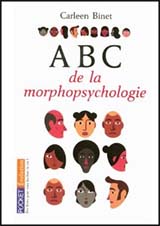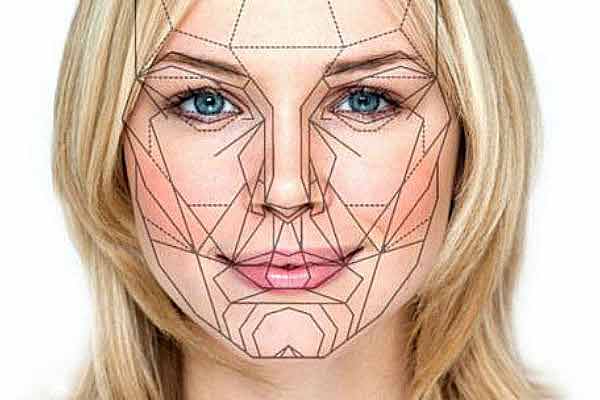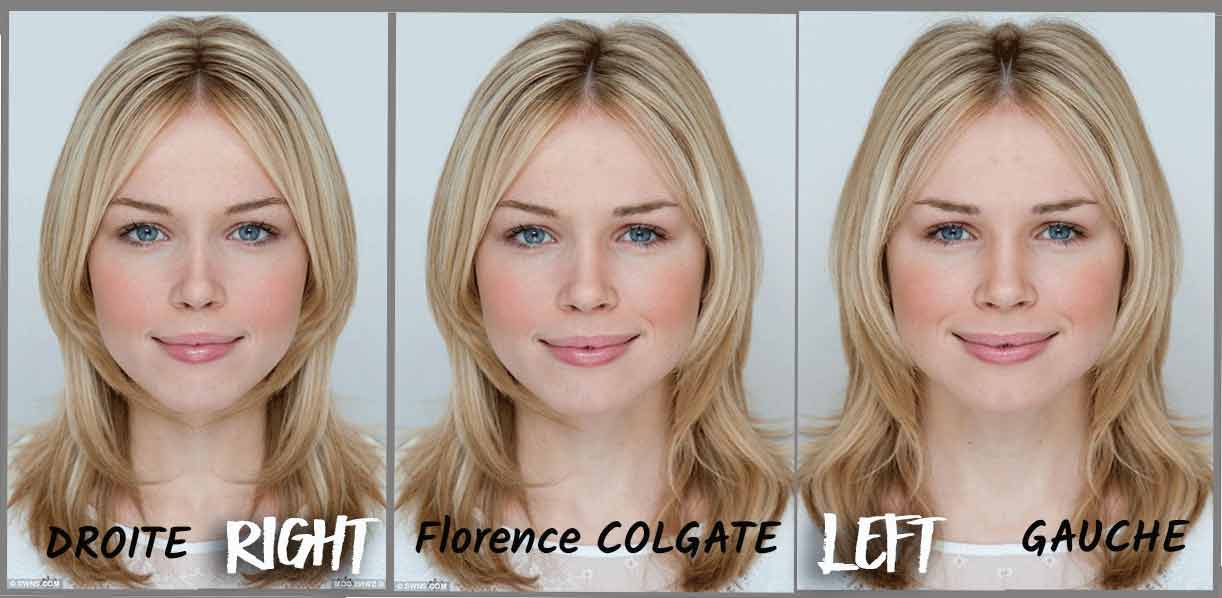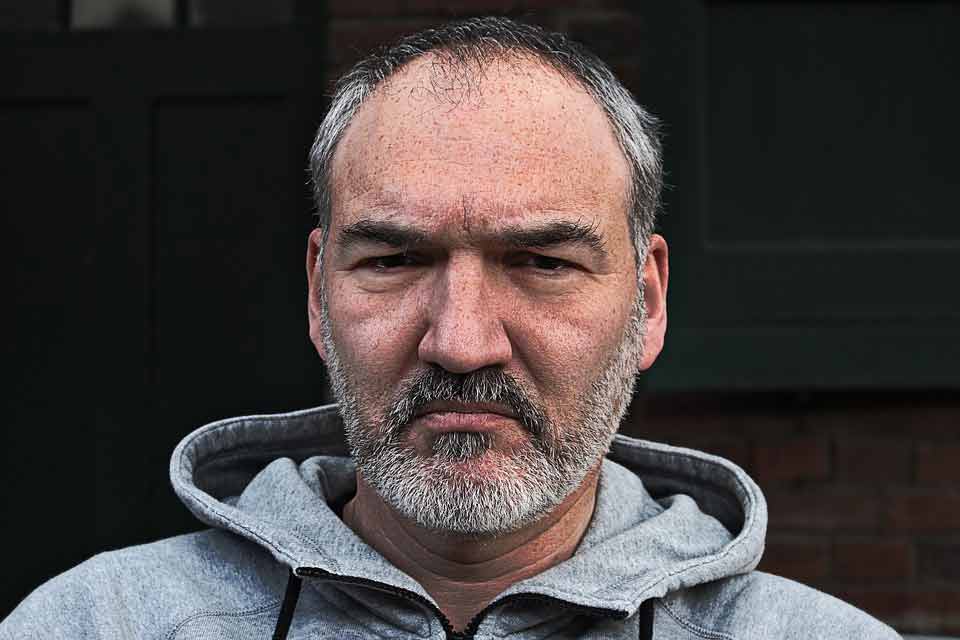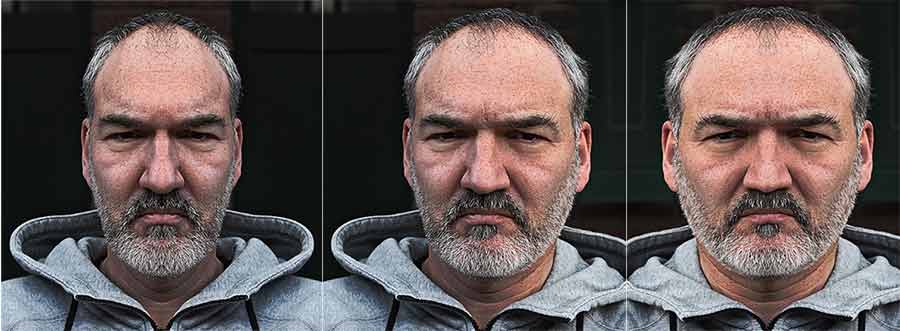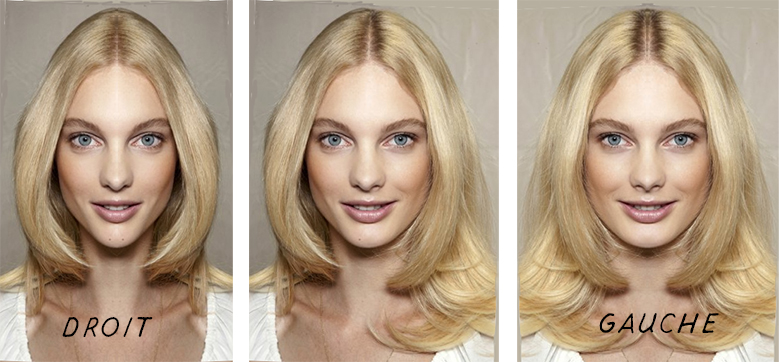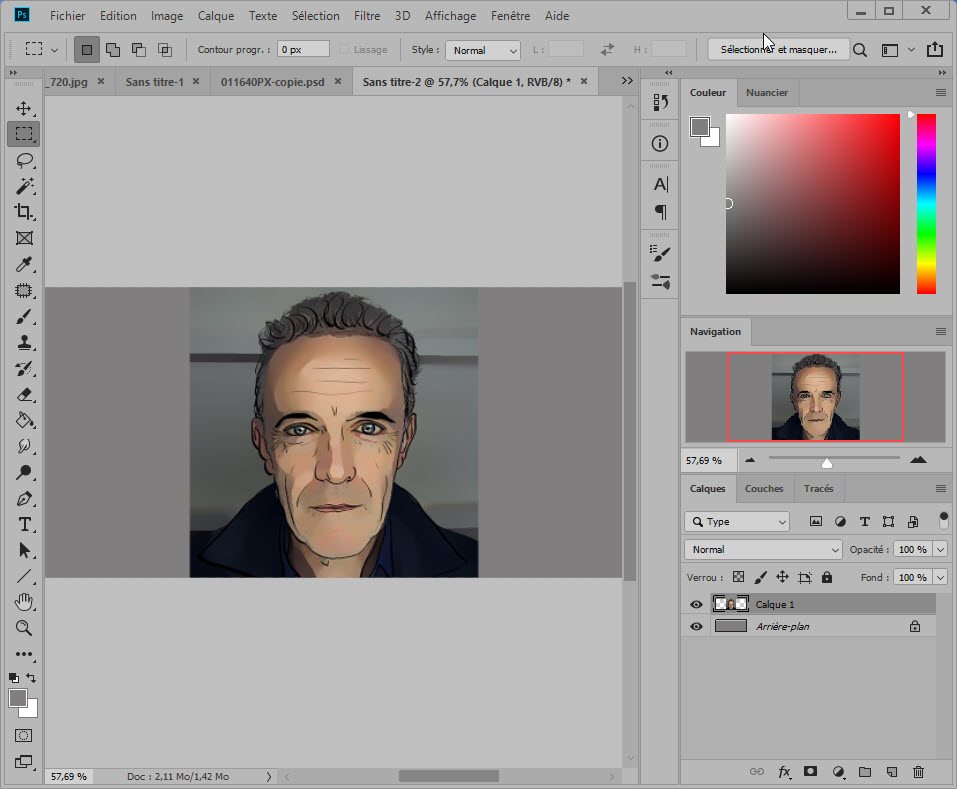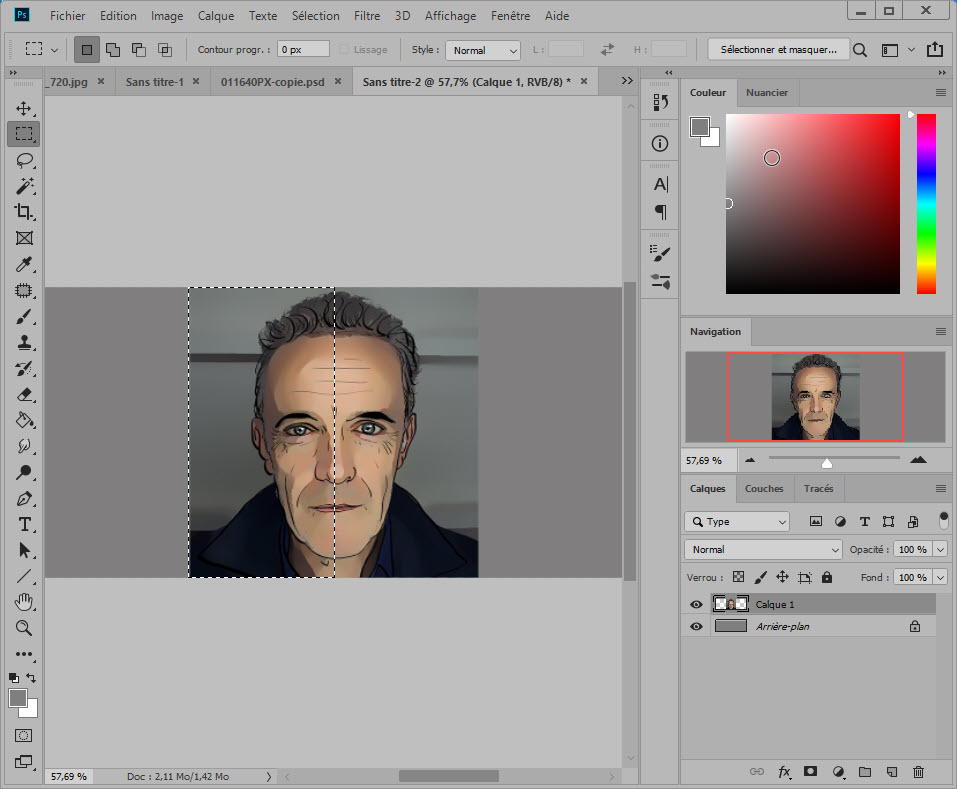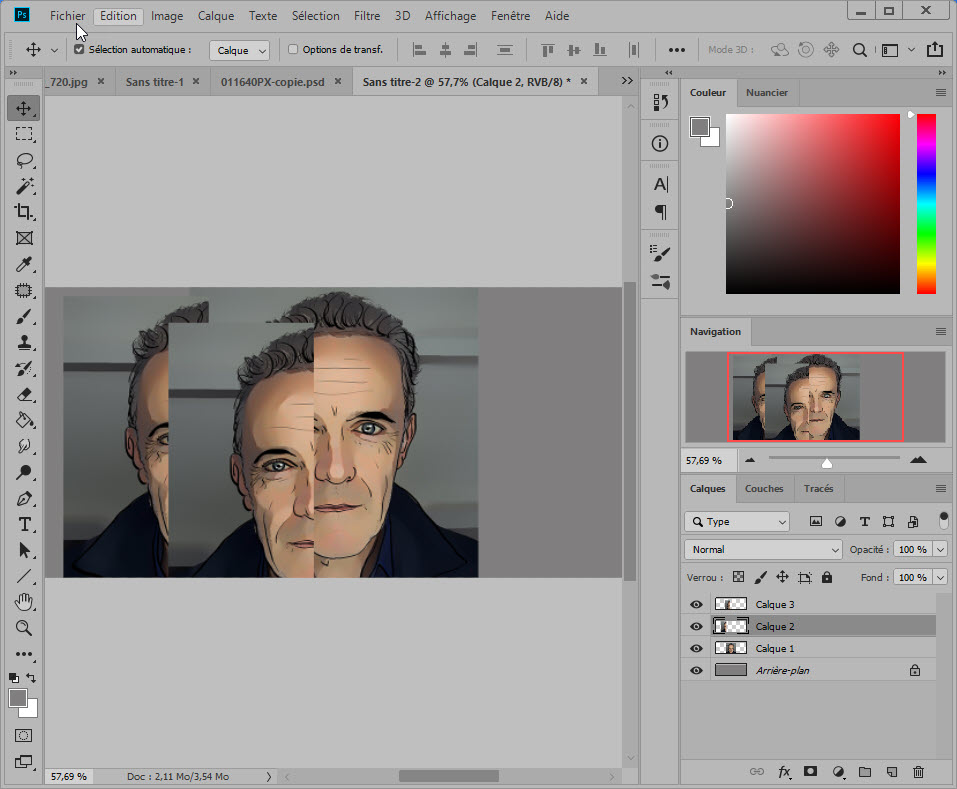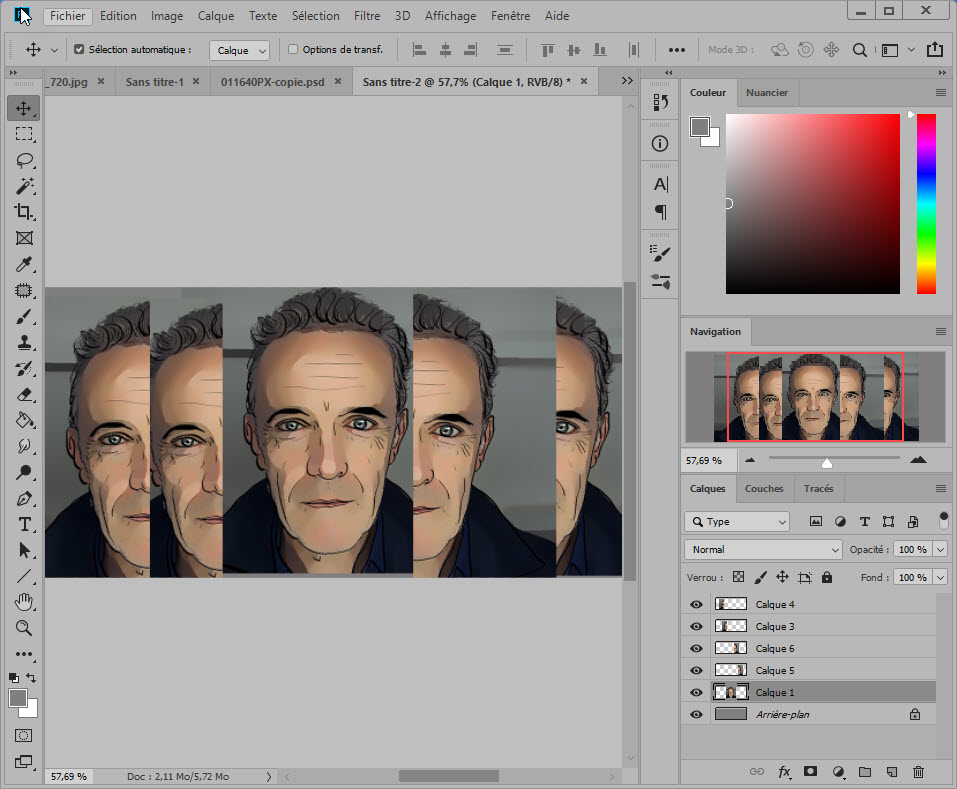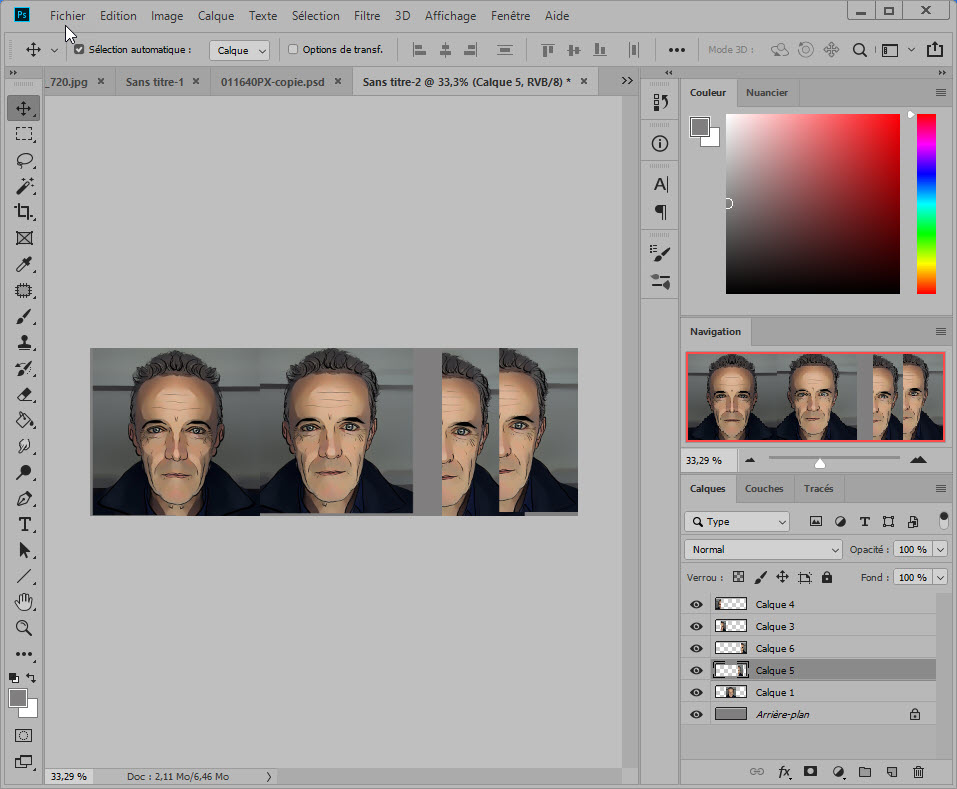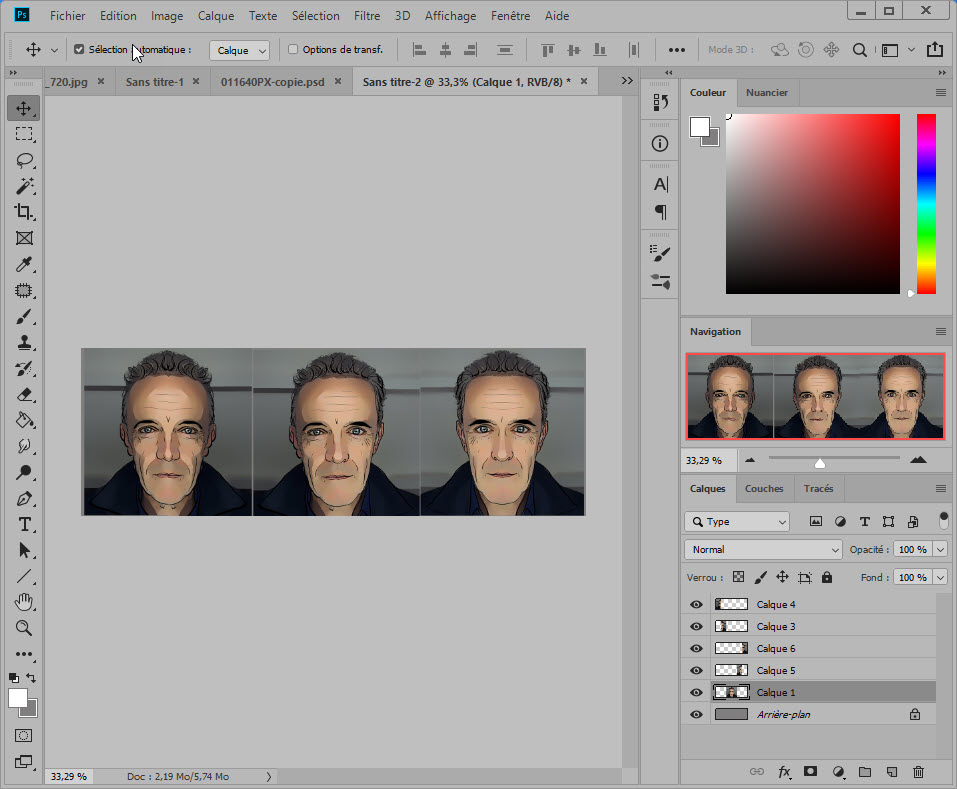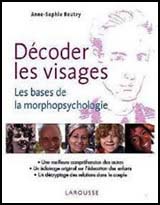
THE ASYMMETRY OF YOUR FACE
Your deep personality
 The asymmetry of the face....
The asymmetry of the face....
Is it simply a preconceived notion? Or a reality?
But the proponents of morpho-psychology are convinced: those who are lucky enough to have a symmetrical figure are more "attractive" than the others! But they are also more selfish!
The beauty of a face would prefigure "inner beauty" and would be essentially linked to its symmetry and respect for certain proportions (distance between the eyes, width of the face...).
Do you believe in all this????
Thank God, the beauty of a face is not only dependent on a "formula"... It's all in the other person's eyes... Because no face, even the most perfect (see Florence Colgate below), is perfectly symmetrical!
 Highlighting asymmetry
Highlighting asymmetry
In fact, from the moment of conception, after one month of existence, the left and right parts of the fetus develop, independently of each other... respecting more or less strenuously this notion of symmetry...
This development, which continues after birth, helps to establish what constitutes the physical aspect of the person... his charm and, consequently, his personality!
Julian Wolkenstein has created a technique to understand the asymmetry of a face... Look at the way he does it to get the right and left faces... and that's what we suggest you do in this page.
ANGELINA JOLIE
You know Angelina Jolie, that American actress with a striking face.... Let's give his portrait a little tour in the Wolkenstein mill:
After a few photoshop layers... we get the 3 faces of the actress.
We can immediately see that the left part of his face is smaller than the right part.... When we see these differences highlighted, we can no longer look at the initial portrait, in the center, in the same way!
For the time being, there is no question of interpreting in psycho-morphology the lessons that could be drawn from it. Just to see that a face is not perfectly symmetrical, far from it!
FLORENCE COLGATE
Let's take the model example of FLORENCE COLGATE.... She won a beauty contest in 2008 based on the proportions and the perfect symmetry of her face... It's hard to do better than that, commented the jury.... It must be said that this young woman is absolutely not ordinary! I leave you the full article HERE.
See for yourself.... Everything has been studied!
Well, if we switch Florence to the Wolkenstein filter... here's what we get...
Florence is very, very pretty! Very beautiful! But we can't say that the left and right sides of his face are strictly identical!
What about men?
Let's play a little game.... Now that you have seen the asymmetries of a face, could you guess them by looking at an unmounted portrait....
Here is a man seen from the front with an expressive face! Yes, it is! Yes, it is! Do you have any idea of the final result before you read it? I'm sure you can see at a glance now the differences between its left and right parts....
Which naturally leads us to this result! That it would remain to be interpreted in terms of psycho-morphology....
We become what we are or we are what we become?
 FACE AND PERSONALITY
FACE AND PERSONALITY
The two hemifaces (left side, right side) of the face provide information about our internal duality, our quest for balance and our evolution.
Morpho-psychology (but is it an exact science?????) teaches us that the right side of the face corresponds to the characteristics transmitted by heredity, the innate..... It would reflect, among other things, the expression and insertion of the personality into the world of others (society, professions, etc.)
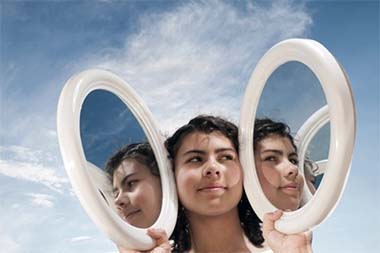
While The left side of the face would rather reflect the cultural, the experience... the experience. Corresponding to the right hemisphere of the brain, it would reflect sensitivity, self-esteem, the ability to understand one's own functioning.
The left side would therefore be turned towards its sensitive and deep inner part while the right side would be more turned towards the outside, the visible part of the personality.
There are many books that develop these observations with more or less happiness.... But that's not what this page is about! Only Julian Wolkenstein's way of doing things to get the right and left faces interests us: you will find everything on the net to go deeper according to your wishes... I recommend you to consult in bookshops the books dedicated to this pseudo-science: here is a list of books that would be likely to interest you...
And you? Which of these three people would you trust most?
A specialist in morpho-psychology could reveal to you that the straight portrait has some rather worrying character traits, notably an excessive ambition... fortunately tempered by what the left part reveals, more reassuring... Disturbing, isn't it?
 PHOTOHOP tutorial for the WOLKENSTEIN effect
PHOTOHOP tutorial for the WOLKENSTEIN effect
Start by opening the portrait in photoshop.... Check that it is strictly from the front.
With the rectangular selection tool, select the right part of the face. Don't cheat! Don't cheat! Trust the nose and the middle of the mouth.... Copy your selection by CTRL+C
Immediately, paste twice the part copied to the B...
Retrieve your selection and perform: Selection>intervert. The left part of the face is now selected: copy it and paste it twice!
Click on one of the halves on the left and perform: Edit >Transformation > Horizontal axis symmetry.
Immediately assemble the straightened part with the remaining part...
Do the same for the part on the right.... Assemble.... It's over! It's over!
 How about using YOUR own portrait?
How about using YOUR own portrait?
Do you have a symmetrical face? Do you want to discover your hidden sides?
Have your picture taken.... from the front on a neutral background! By also adopting a neutral attitude (some smiles lack symmetry!!!!!).
By the way, when you photograph a portrait, it is always better to work with a zoom than to bring the camera closer to the person you are photographing: a picture taken too close distorts the face considerably (big nose and small ears syndrome) while the zoom evens out and softens the features by making them better correspond to reality (just try it from a distance and then close up and you will be built!).
Then determine your part Dr JEKYLL and your part Mr HYDE by comparing your LEFT and RIGHT portraits...
Better.... Have your 3 portraits printed on canvas.... Some sites offer you prints at very low prices....
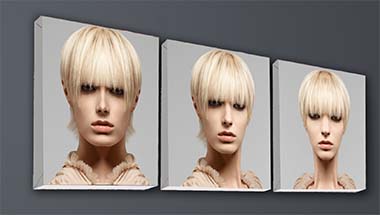
And rather than grouping everything on a single canvas, why not have 3 separate portraits made on 20x20 canvas and then display them side by side: the monoeuvre.fr website (it's not advertising!) offers you 20x20 canvases for 5€ of excellent quality! Also think of the website MyDesign.com which also offers very soft prices: 16€ for a 40x40 !
 And if you don't know how to do....
And if you don't know how to do....
You have never used Photoshop.... You can take a look at this other ASYMETRIC PORTRAIT TUTORIEL which explains in detail how to do it...
Or, if you are definitely resistant to image editors.... Send me your photo by email: I will do the work for you for a small contribution PAYPAL of $4.99 !!!
You will receive by return your separate and grouped portraits (4 distinct images)... but I do not do the morpho-psycho analysis!!!!
I am sure that YOUR symmetrical portrait will surprise you because you have never seen yourself like this before!
So? Want to discover your hidden side?
Décoder les visages.
Par la
morphopsychologie.
Comment peut-on mieux se connaître et mieux communiquer grâce à son visage ?
Un guide original et pratique sur une discipline en vogue dans la sphère du développement personnel.
Morphopsychologie
Traité pratique
Lire le visage
Peut-on définir un caractère, des aptitudes, un comportement en étudiant les formes du visage ?
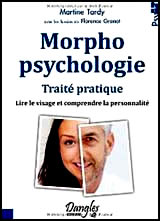
Comment découvrir, à la lecture d'un visage, les atouts et vulnérabilités de la personne...
ABC de la
morphopsychologie
La relation intime entre traits du visage et personnalité paraît souvent évidente sans que l'on puisse se l'expliquer.
